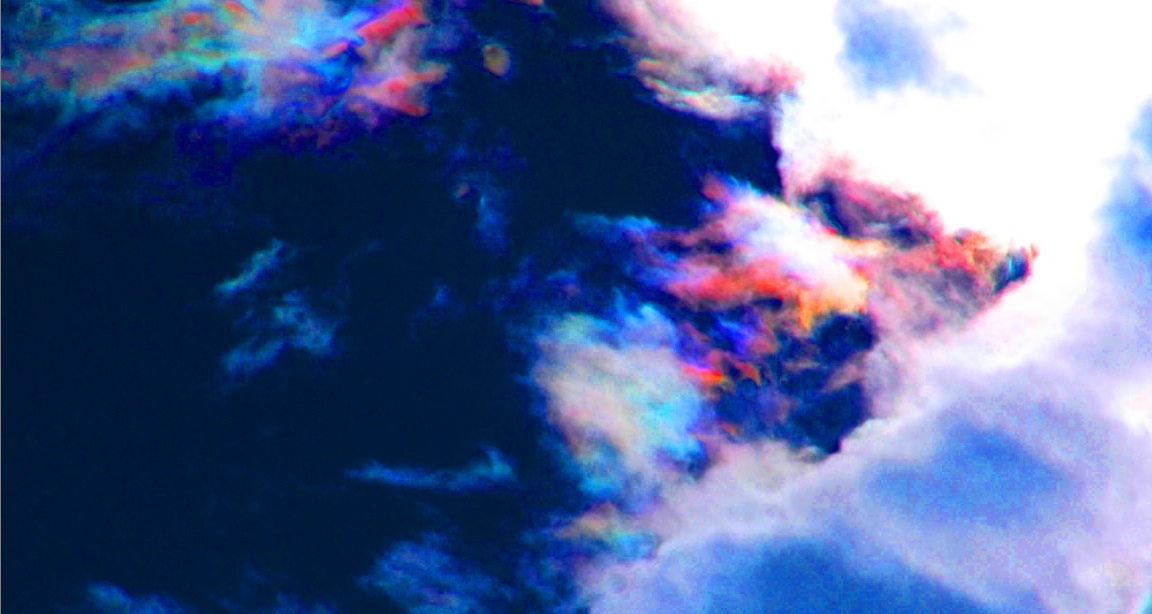george walker
New Member
Observed and photographed this phenomenon in rural West Virginia. I have found one video from New Mexico showing this strange cloud luminescence. The gentleman referred to it as a "Rainbow Cloud Vortex" . The natural spectrum does not delineate color in this manner. The points of Cerulean Blue and Orange seem almost energized. If anyone else has seen this I would be very interested to know. I believe there is some correlation between the aerial spraying most are observing over our area and these odd cloud manifestations/illusions. 
Last edited by a moderator:







